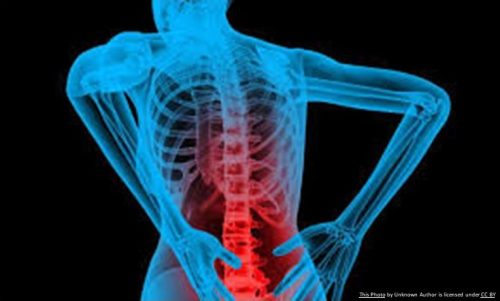In a quest to explore innovative approaches to alleviate chronic low back pain, researchers have investigated the impact of sub-zero temperatures on pain perception. A recent study, conducted with a hospital-based outpatient population, examined the effects of a two-week repeated intervention in a cryo-chamber set at an extreme temperature of -67 degrees Celsius. The goal was to evaluate whether this intense cold therapy could offer additional benefits to patients with chronic low back pain.
The study employed a prospective, randomized, double-blind design, enrolling outpatients dealing with chronic low back pain. Participants were divided into two groups: the intervention group exposed to the bone-chilling -67°C temperatures and a control group experiencing a less extreme temperature of -5°C in a cryo-chamber, designed to simulate the treatment without the intense cold.
Contrary to initial expectations, the results of the study revealed similar effectiveness in pain reduction for both the intervention and control groups. This suggests that cryo-chamber therapy with the extreme temperature of -67°C did not demonstrate superiority over the “sham” cryo chamber with -5°C.
“The cryo-chamber therapy, regardless of the extreme cold, showed a positive effect by improving pain in chronic low back pain patients. However, the added benefit of the -67°C temperature was not evident when compared to the -5°C control group,” explained lead researcher Prof. Dr. med. Christoph Gutenbrunner, FRCP, SFEBPRM.
The findings suggest that, for the treatment of chronic low back pain, the use of a cryo chamber at -5°C appears to be sufficient. While the -67°C temperature did not confer additional advantages in pain reduction, the overall positive effects observed in both groups highlight the potential benefits of cryo-chamber therapy in managing chronic low back pain.
As medical professionals continue to explore diverse treatment modalities, this study underscores the importance of carefully evaluating the specific parameters of therapies, ensuring that patients receive optimal benefits without subjecting them to unnecessary extremes. The results contribute valuable insights to the ongoing conversation about innovative pain management strategies.

